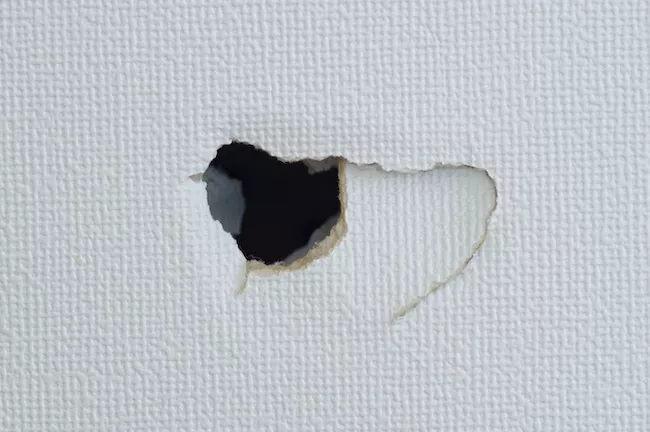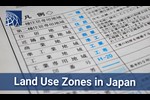Putting Holes in Rented Apartment Walls in Japan

You may be wondering if it's allowed to drill holes in the walls of rented properties in Japan—and if so, what size holes are acceptable. Putting holes in the walls allows you to hang posters, mount wall clocks, install shelves, and display other decorative items. However, depending on the size of the hole, you may or may not be responsible for the cost of restoring the property.
For those looking for flexible decoration options, furnished apartments in Japan often come with pre-installed features like shelves or picture rails that reduce the need for drilling.
Read on to learn how you can decorate your apartment walls and what precautions you should take before making any holes. We'll also explain what happens if you drill or make a large hole in the walls.
> Guide to Renting an Apartment in Tokyo, Japan
Thumbtack-Sized or Drawing Pin-Sized Holes

Posters, calendars, and other items are commonly displayed in everyday life, and small holes made by thumbtacks or pins for this purpose are generally considered normal wear and tear. According to guidelines issued by the Ministry of Land, Infrastructure, Transport and Tourism(MLIT), holes caused by thumbtacks or similar pins are viewed as a result of ordinary daily living, and the cost of repair is typically borne by the lessor (the landlord).
However, some lease agreements may include specific clauses regarding whether or not putting holes in walls is permitted, so it's important to double-check your contract in advance.
Nail-Sized, Screw-Sized, or Larger Holes

Holes the size of nails, screws, or larger are considered beyond normal wear and tear, and the lessee (tenant) is responsible for the repair costs. If the hole penetrates deeply into the wall, the repair expenses may increase significantly. In cases where the hole was made unintentionally, fire insurance might cover the damage, so please review the insurance policy you obtained when signing your lease contract.

- Furnished Monthly Apartments in Tokyo for Expats
- Fully furnished short-term rentals in Tokyo's expat areas
Alternative Ways to Decorate a Room Without Drilling a Hole

Magical Pin Hooks and Magnetic Hooks for walls are extremely convenient. In addition, there are other options such as cork boards, wall decoration poles, or even installing a temporary wall. With a new wall added, you can repaint and decorate it as you like.
Magical Pin Hooks
Below are very practical pins called Magical Hooks. They are easy to install, similar to thumbtacks, and leave almost no hole marks. These hooks are ideal for hanging calendars, posters, and clocks. The load capacity options are 4 kg and 8 kg. Click the image(s) to purchase online.
Magnetic Hooks
You can easily install magnetic hooks on your wall in just three simple steps. First, use a dedicated stapler to attach the base sheet to the plasterboard wall. Next, stick the steel plate onto the base sheet to create the auxiliary board. Finally, attach the magnets to the auxiliary board—your wall-mounted magnetic system is ready!
After that, enjoy clipping or decorating with your magnets as you like. This product is excellent because it leaves almost no marks from the stapler’s staples.
Click the image below to purchase online or learn more.
mt CASA
Masking tape from mt (mt CASA) is perfect for redecorating rooms without painting the walls. Click the images below to see details or purchase online.
DRAW A LINE
DRAW A LINE is a decorating system that uses tension rods, allowing you to decorate walls without putting holes in them. It comes in various styles—including vertical, horizontal, and book stands—so you can choose the option that best fits your needs and preferences. Click the images to see details.

- Rental Apartments & Houses in Tokyo
- Listings of popular and luxurious rental apartments, condominiums, and houses designed with expats in mind.

- Apartments & Houses for Sale in Tokyo
- Listings of apartments, condominiums, and houses available for purchase in Tokyo.



























